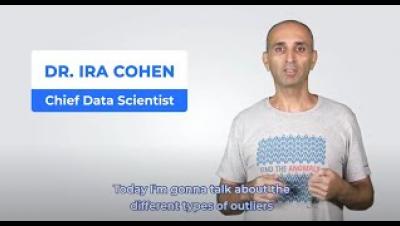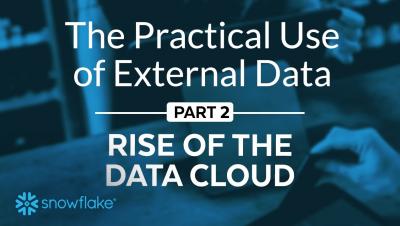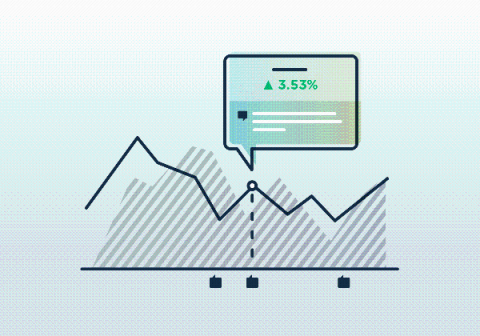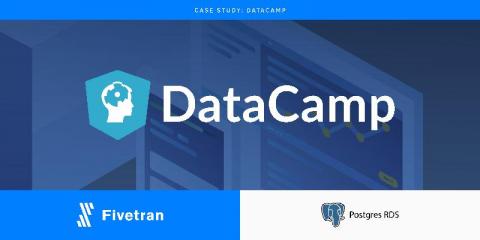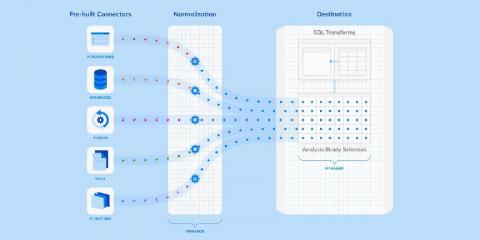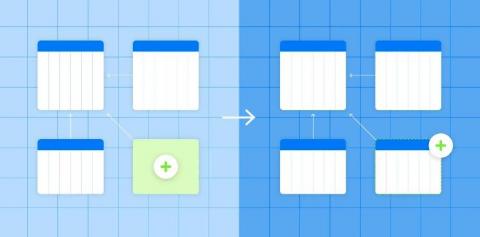Cloudera acquires Eventador to accelerate Stream Processing in Public & Hybrid Clouds
We are thrilled to announce that Cloudera has acquired Eventador, a provider of cloud-native services for enterprise-grade stream processing. Eventador, based in Austin, TX, was founded by Erik Beebe and Kenny Gorman in 2016 to address a fundamental business problem – make it simpler to build streaming applications built on real-time data. This typically involved a lot of coding with Java, Scala or similar technologies.



